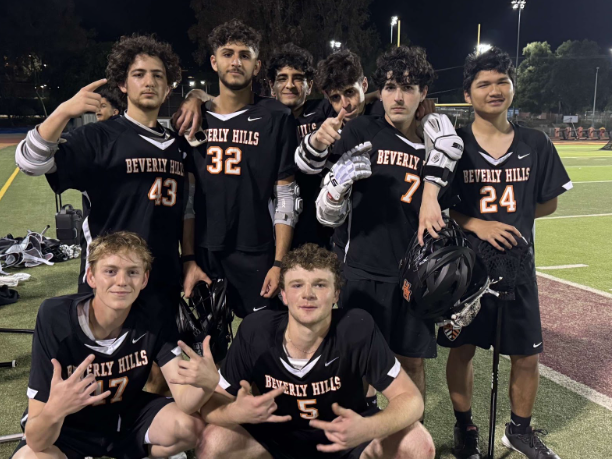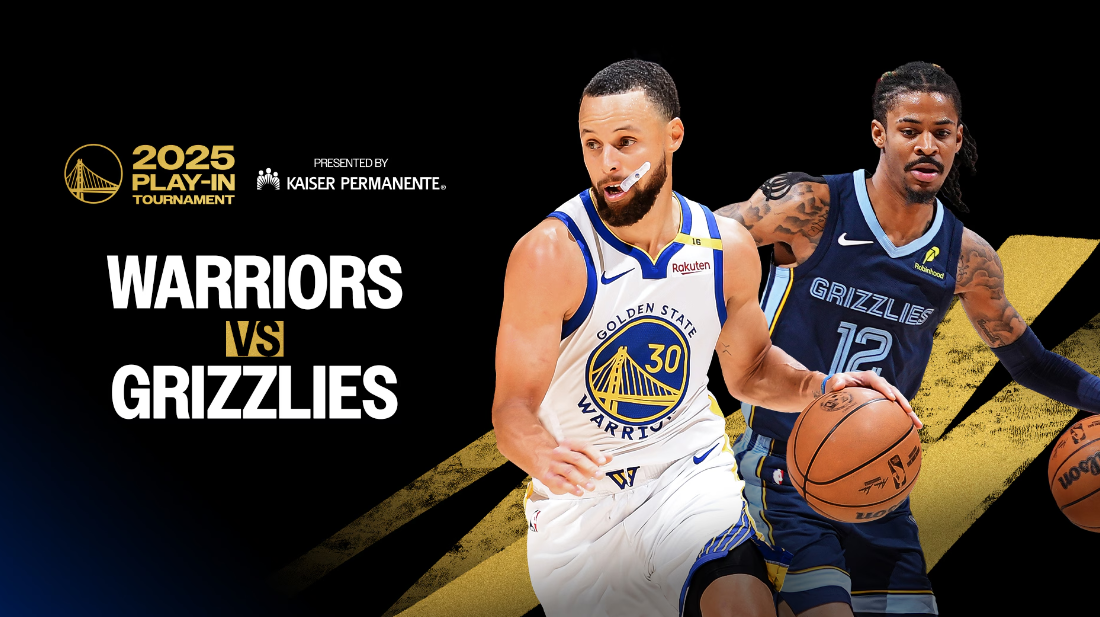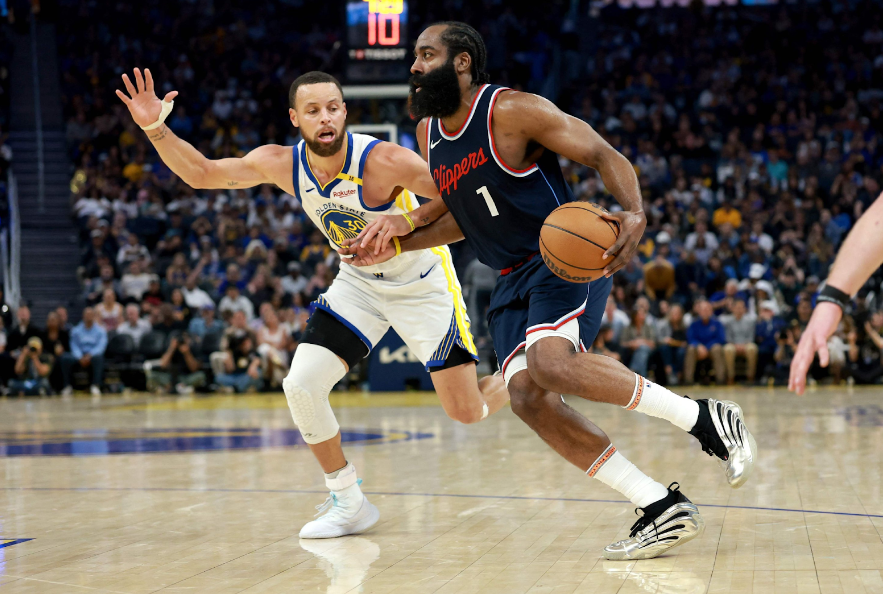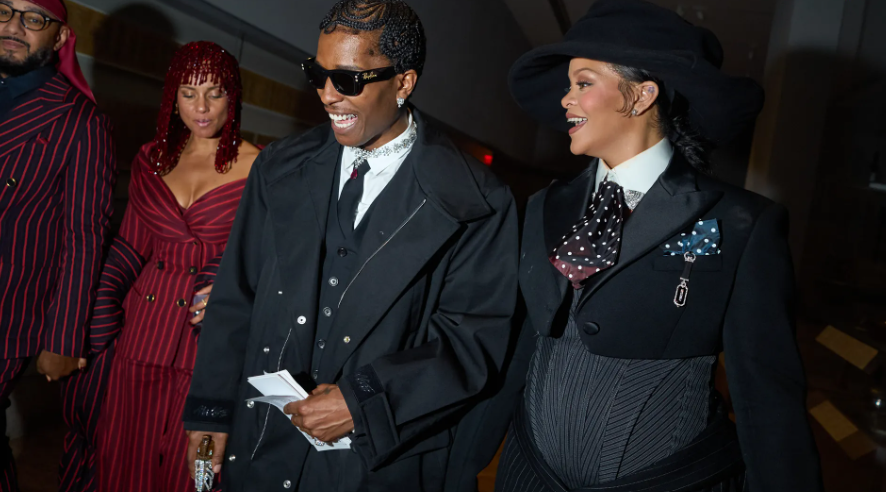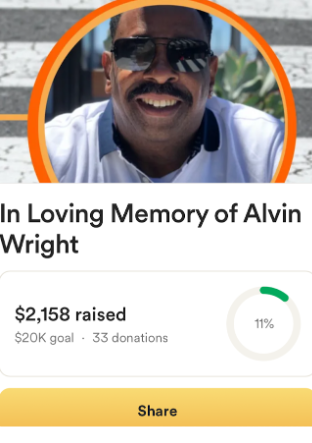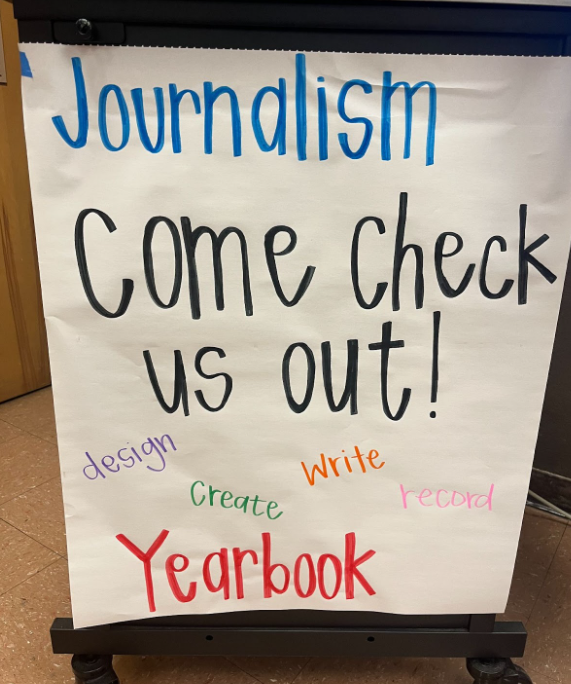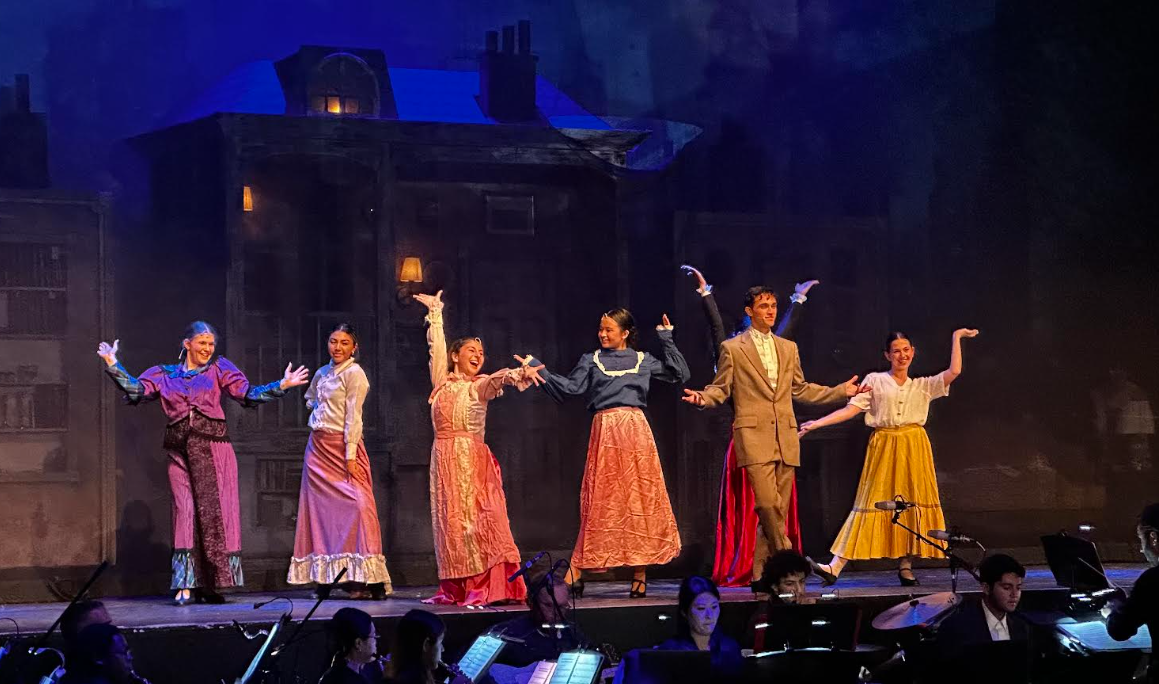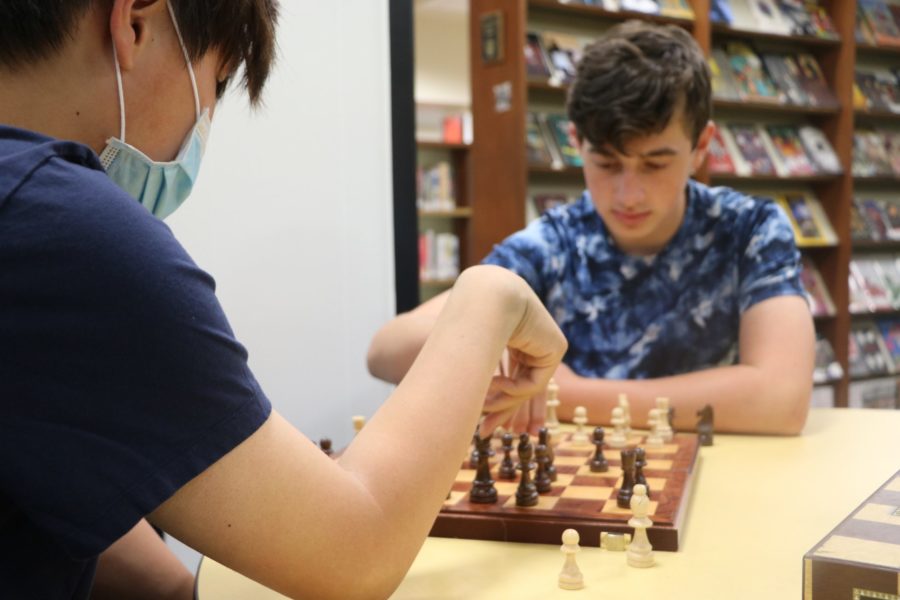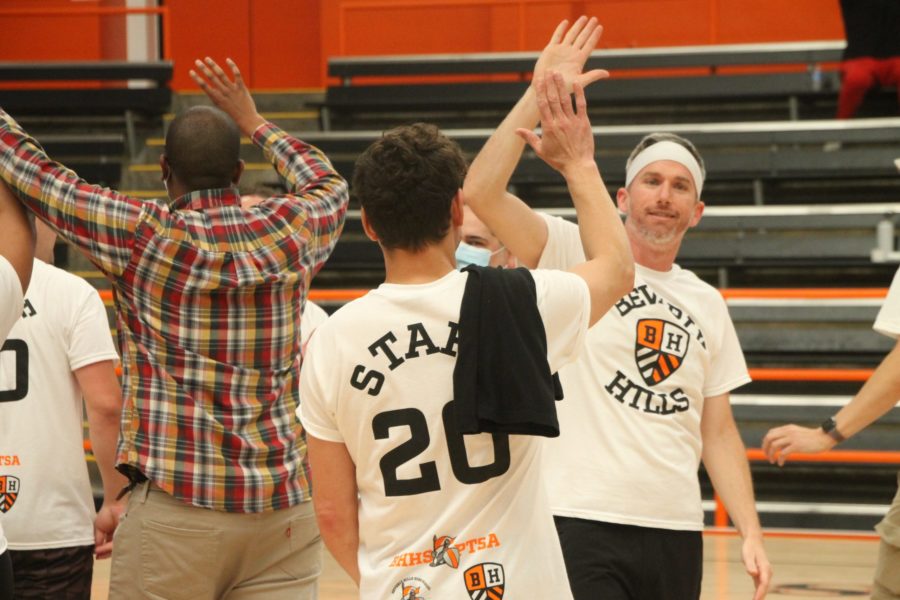Walking out of the theater after “Catching Fire” had ended, I overheard two girls conversing behind me. They sounded like they were about my age. “That was sooooo good,” one said. “I know,” the other said, “it was so faithful to the book.”
As someone who hadn’t read the book, I was intrigued. I had seen the film with an entirely different background from theirs: different knowledge, different expectations. And I also came out of the movie with an entirely different reaction. To me, “Catching Fire” can be summed up in one word: long.
The film clocks in at 2 hours and 16 minutes, and although it brims with actions sequences and fast-paced dialogue, the time does not fly by. This can be partially explained by the movie’s abnormal pacing — the second act is, in essence, interrupted and replaced with another first act — but there’s more to it. Contrary to society’s obsession with spoilers, cognitive research has indicated that knowing the plot of a story in advance may increase one’s enjoyment of that story. This seems to be the case for “Catching Fire.”
In light of this, those of you who haven’t read the book would benefit from knowing in advance the big twist that interrupts the second act of the film. About an hour in, President Snow (Donald Sutherland), at the suggestion of the new gamemaker, Plutarch Heavensbee (Philip Seymour Hoffman), decrees that the tributes to the 75th Hunger Games will be the victors of previous Hunger Games. Since Katniss (Jennifer Lawrence), Peeta (Josh Hutcherson) and Haymitch (Woody Harrelson) are the only victors from District 12, two of them will end up in the 75th Hunger Games, known as the third Quarter Quell. Of course, Katniss and Peeta go on to compete in the Games, because it wouldn’t be much of a story if they didn’t.
But, coming into the movie without any knowledge of the plot, it was surprising and disappointing that Suzanne Collins had opted to put the audience through what seemed to be practically the same experience as that of the last book/film. While fans of the book anticipated the twist, the only reaction I could muster was an exasperated sigh: Really, this again? By the end of the movie, the necessity of another trip to the Hunger Games becomes evident, but the film doesn’t do enough to keep the non-reader audience’s interest before getting there. Instead, we see many of the same kinds of things that appeared in the first story: the parade, the interview, meeting the opponents, forming alliances, training, the bewilderment at the beginning of the Games, escaping to the periphery, being forced back to the center. Even some of the obstacles Katniss and Peeta face are similar: instead of fire, it’s poison gas; instead of tracker jackers (bees), it’s baboons. The real difference, and it’s an important difference, is in the resolution of the Games.
Expectations aside, there are a lot of things in the film that work. Certainly some parts could (and should) be cut, but this sequel does well in developing the trilogy’s characters and themes. The political rebellion feels real because the director, Francis Lawrence, and screenwriters, Simon Beaufoy and Michael deBruyn, successfully weave detail into the settings and dialogue. As with most Hollywood blockbusters, though, much of the dialogue is cheesy and predictable. For example:
PEETA
No one needs me, Katniss.
KATNISS
I do. I need you, Peeta.
Nonetheless, the film manages to avoid most of the pitfalls of the average Hollywood blockbuster. It is not, for the most part, preachy or sentimental, and, to the plot’s credit, its structure is irregular and difficult to predict (without having read the book). The acting performances are strong all around, especially from Lawrence, Hutcherson, Hoffman and Amanda Plummer, whom you might recognize as Honey Bunny from “Pulp Fiction.”
Ultimately, “Catching Fire” is a film worth seeing if you have the time and patience to sit through it. It’s no masterpiece, but it’s not the kind of hackneyed garbage most blockbuster action movies turn out to be, either. The director and the actors evoke real emotion without cheap gimmicks and hit upon, without pondering too deeply, important philosophical and political questions. Yes, the film is too long, but it’ll keep your attention for most of its duration. “Catching Fire” also scores points for featuring a number of strong female characters and, at least in that regard, the odds will be ever in its favor.







